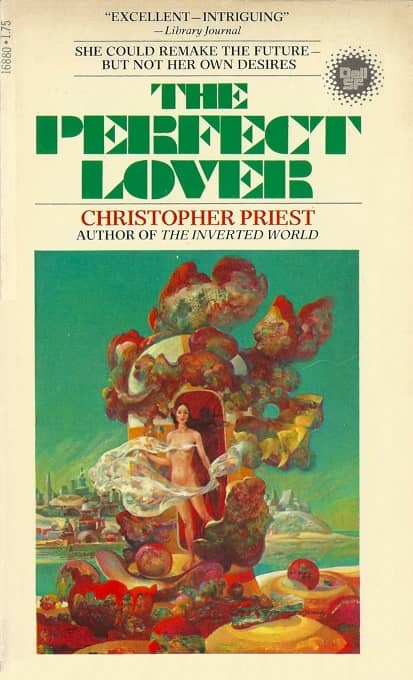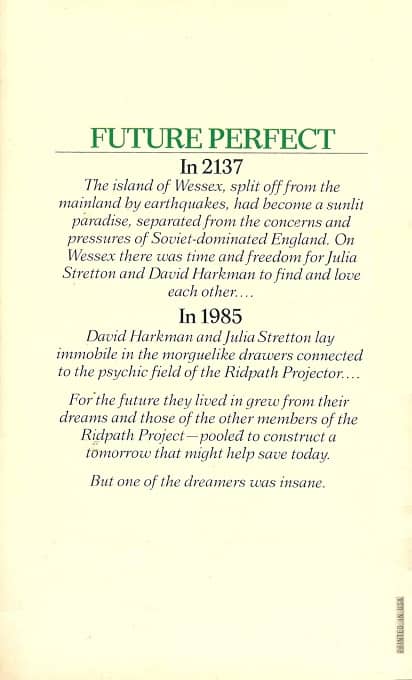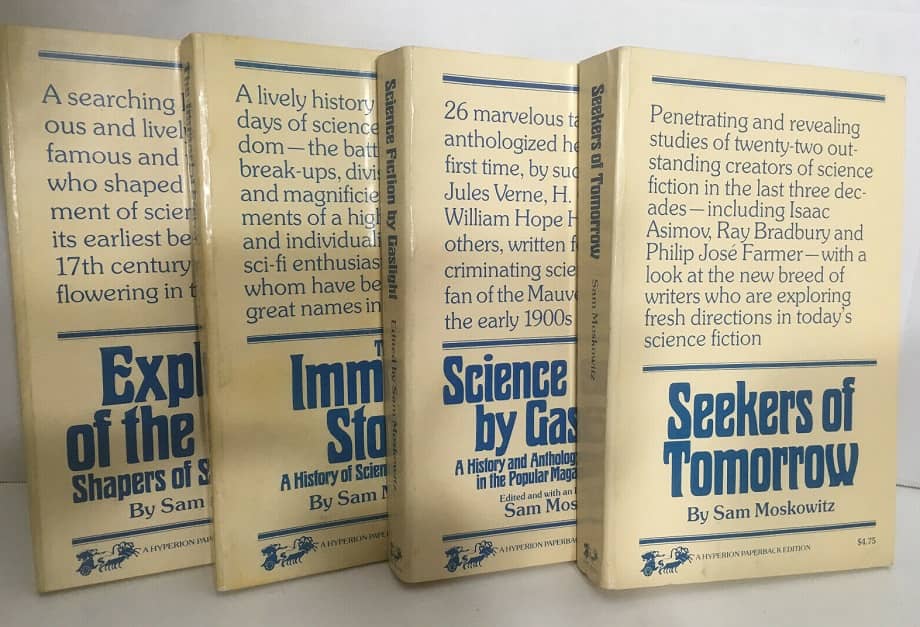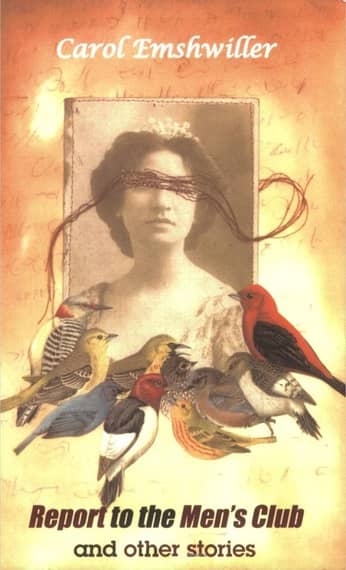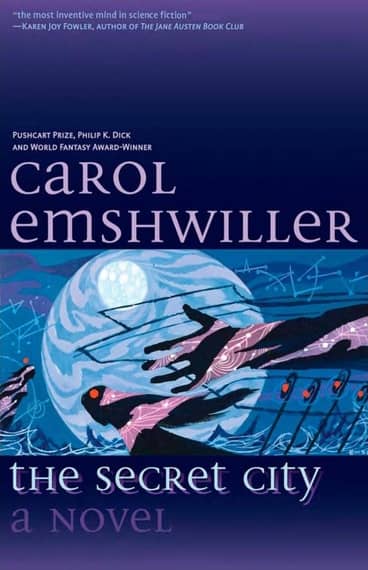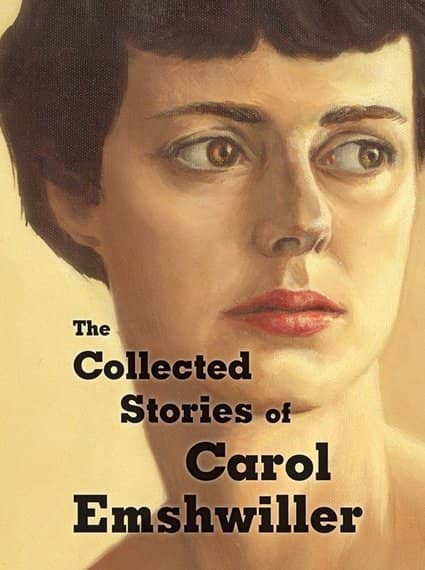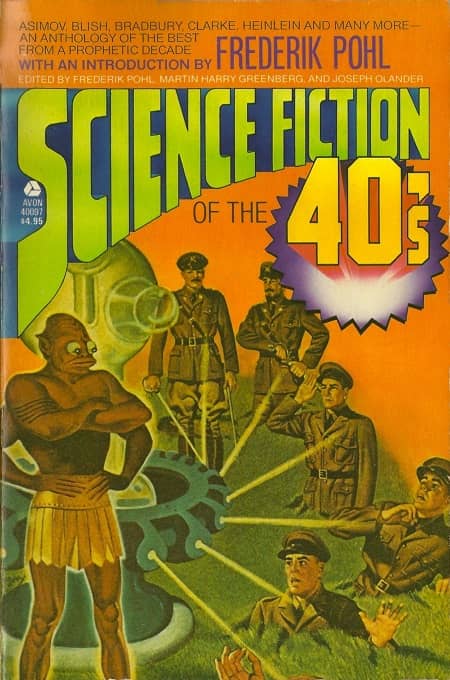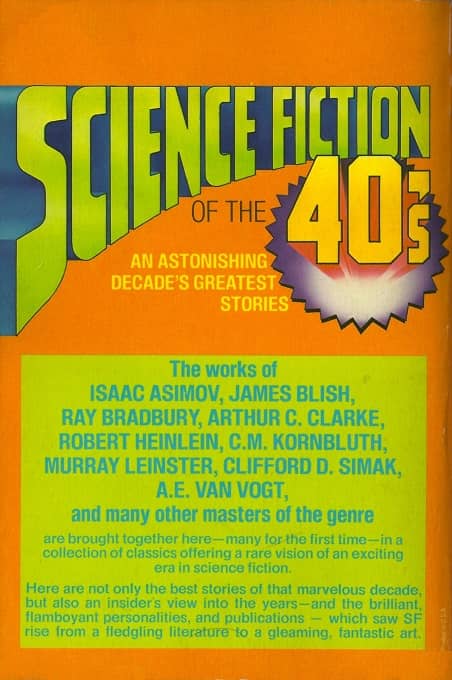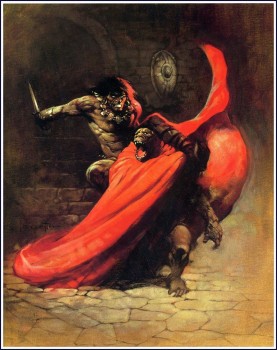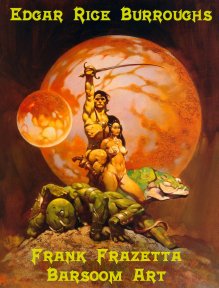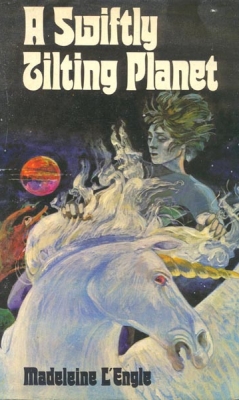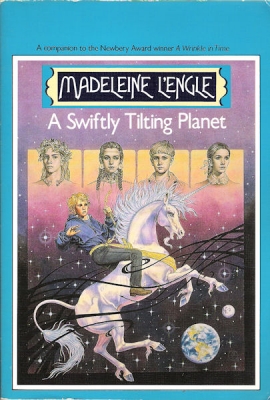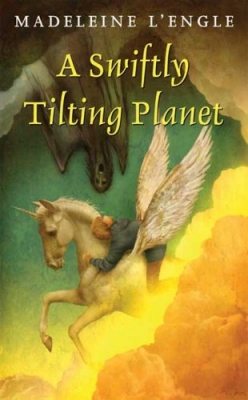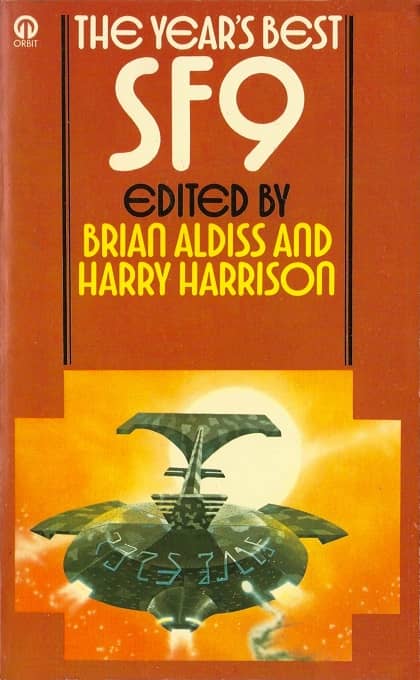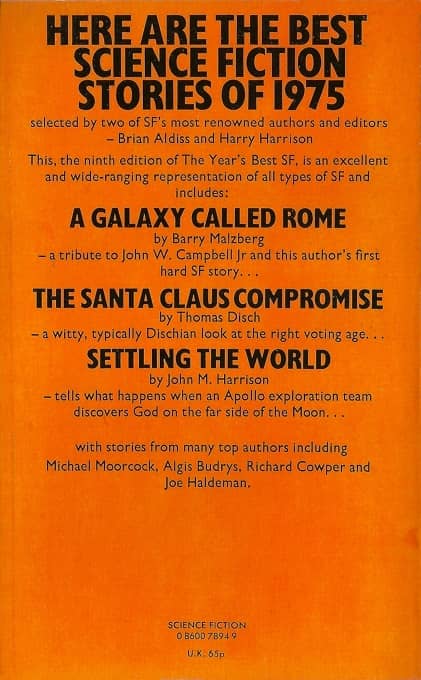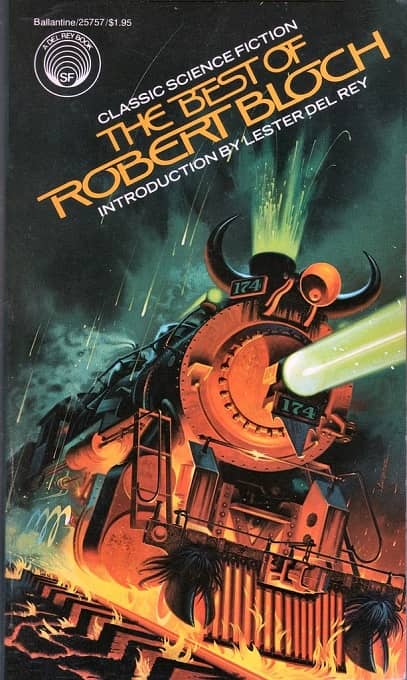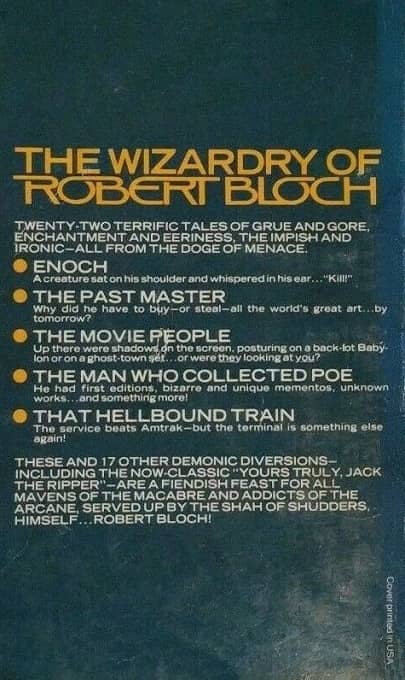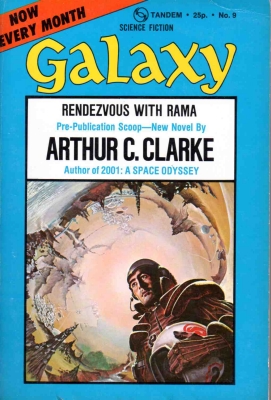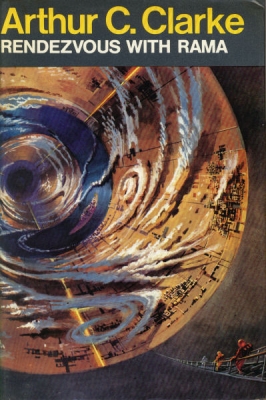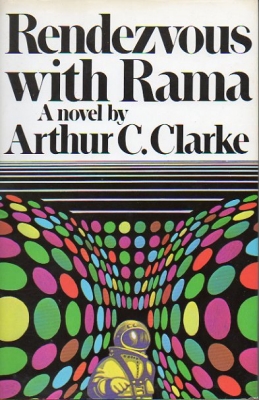New Treasures: The Big Book of Classic Fantasy edited by Ann and Jeff VanderMeer
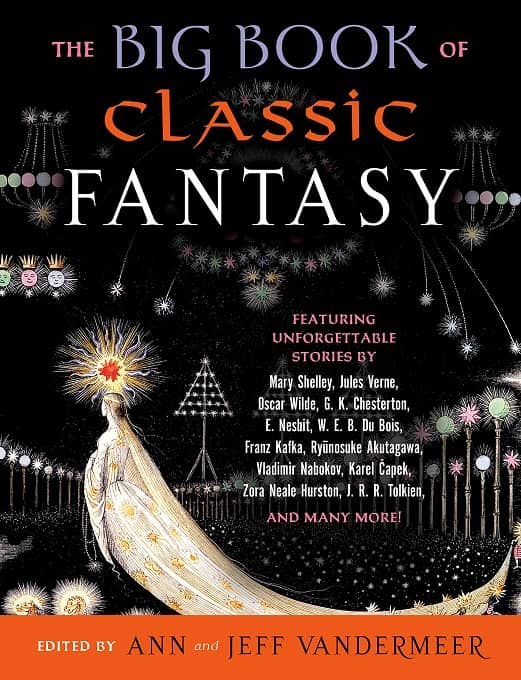 |
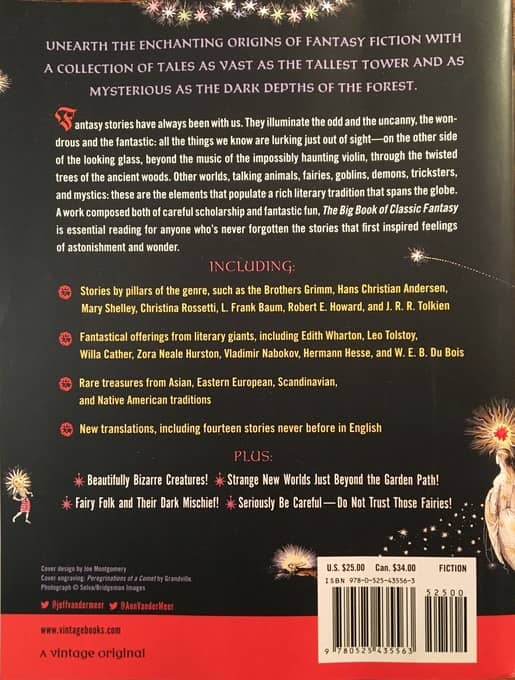 |
One of my favorite anthologies of the past few years — perhaps my absolute favorite — is The Big Book of Science Fiction, edited by Ann and Jeff VanderMeer. It’s a companion book of sorts to their 2012 Tor volume The Weird: A Compendium of Strange and Dark Stories, a monumental 1152 page collection of weird fantasy from roughly the last century.
But I don’t file it with that book, or the Vandermeer’s other fine anthologies. Instead, I give it a place of honor on the shelf with my other Vintage Big Books, which include Otto Penzler’s The Big Book of Adventure Stories, The Big Book of Ghost Stories, and The Vampire Archives. Which is why I was so excited to see the VanderMeer’s add another book to that illustrious set this month: The Big Book of Classic Fantasy, a thoroughly impressive tome that unearths the fascinating origins of modern fantasy.
Kirkus Reviews calls The Big Book of Classic Fantasy a “quintessential anthology destined to become the standard by which future fantasy classic anthologies are measured… a must-have.” It contains rarely-seen tales from Asian, Eastern European, Scandinavian, and Native American traditions, including brand-new translation of fourteen stories never before printed in English. Contributors include the Brothers Grimm, Hans Christian Andersen, Mary Shelley, Edgar Allan Poe, Nathaniel Hawthorne, Herman Melville, Charles Dickens, E. Nesbit, Christina Rossetti, Jules Verne, Lewis Carroll, Oscar Wilde, L. Frank Baum, H. G. Wells, Arthur Machen, Edith Wharton, George MacDonald, G. K. Chesterton, Leo Tolstoy, Willa Cather, Zora Neale Hurston, Vladimir Nabokov, Hermann Hesse, William Hope Hodgson, Lord Dunsany, A. Merritt, E. R. Eddison, John Collier, Edgar Rice Burroughs, Fritz Leiber, Robert E. Howard, J. R. R. Tolkien, Clark Ashton Smith, and many, many others.
Here’s the impressive Table of Contents.
